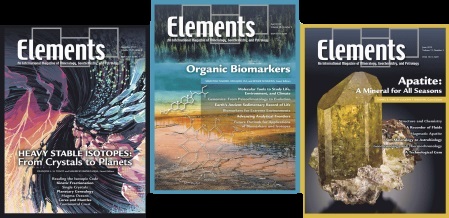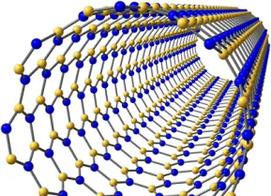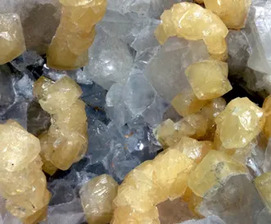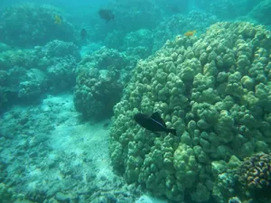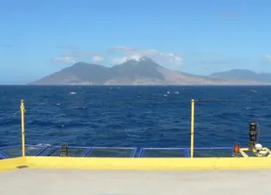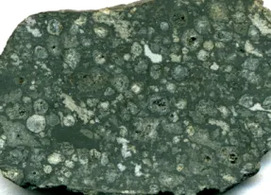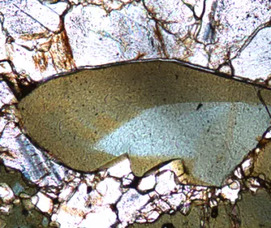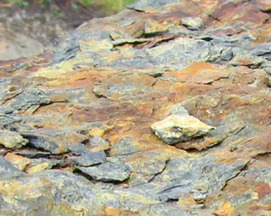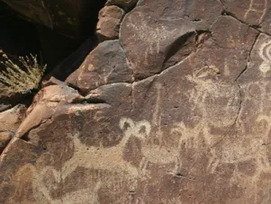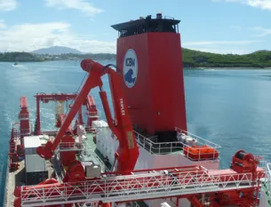Tripping the Light Fantastic: Organoboron Compounds
Small molecules containing boron can play all sorts of roles in chemistry, biology and materials science. Molecular boron compounds display a wide range of unusual and fascinating structures, and their chemical reactivity can be very different from that of boron’s next-door neighbour carbon. Some of the reasons for this will be considered and illustrated through applications in energy, medicine and new materials. The boron dipyrrins, also known as BODIPYs, are a prime example. They are strongly fluorescent when excited by illumination and are widely used as fluorescent tags in biology and as biosensors. More recently, they have been studied for their energy transfer properties in light-harvesting applications.
Tripping the Light Fantastic: Organoboron Compounds Read More »

